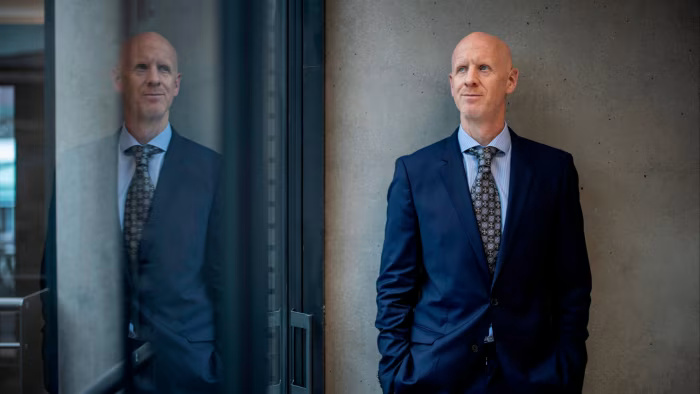When Tim Cadogan took the reins as CEO of GoFundMe in March of 2020, the COVID-19 pandemic was beginning to sweep across the world and would soon set the tone for the start of his tenure.
“I came in knowing that GoFundMe was an important part of people’s lives but the level of need and the way people were able to help each other in the pandemic took it to a whole different level,”
The company he helms crosses the 15-year milestone May 6 and announced that it has raised $40 billion in that time, a figure he says does not capture the whole of the generosity that the company facilitates.
“I wish I had a way of quantifying the love and care that was connected to the $40 billion because the number is easy to count. The love and care isn’t easy to count, but it’s huge,” Cadogan said.
Cadogan said that the next frontier for GoFundMe was normalizing asking for help.
“Fifteen years ago, if I had said, ‘(we’re) going to have a business where you’re going to get in the back seat of strangers cars,’ you would have said, ‘you’re bananas,'” he said. “Now it’s called Uber, right? We hope to do something like that, but for help, where it’s perfectly okay to ask for help anything that matters in your life, whether it be for an organization or a need that you have.”
As a part of the anniversary, the company unveiled GoFundMe Pro, a platform aimed at helping nonprofits fundraise.
“We’re pretty excited about empowering a whole lot more, hopefully many millions, more best friends at the organizations that are out there that people care about,” Cadogan said.
Cadogan said he wants to see giving increase from its current rate of 2% of the country’s gross domestic product.
“We think that we can change that by making it even more personal, bring more people into asking for help, and allow more people to lean into their natural inclination to want to help,” he said.
Cadogan pointed to technology, including AI, included in the Pro platform that the company says will make it easier for individuals and nonprofits to ask for donations. He said that the platform would offer nonprofits tools that can mobilize a community, even if they don’t have an online presence.
“We’re working really hard on how to make it easier to ask for help, whether that be for yourself, a friend, a relative, an organization that you care about,” Cadogan said. “Once you open that door and you ask for help, you do the brave thing, all the help comes in.”
He also pointed to potential expansion into new markets for the company, recognizing that expanding beyond the 20 countries it currently operates in will take time.
“It takes a little while for a market to get going, and then it really starts to accelerate. For example, Germany was a market that initially, folks were a little bit skeptical, but now it’s accelerated,” Cadogan said.

